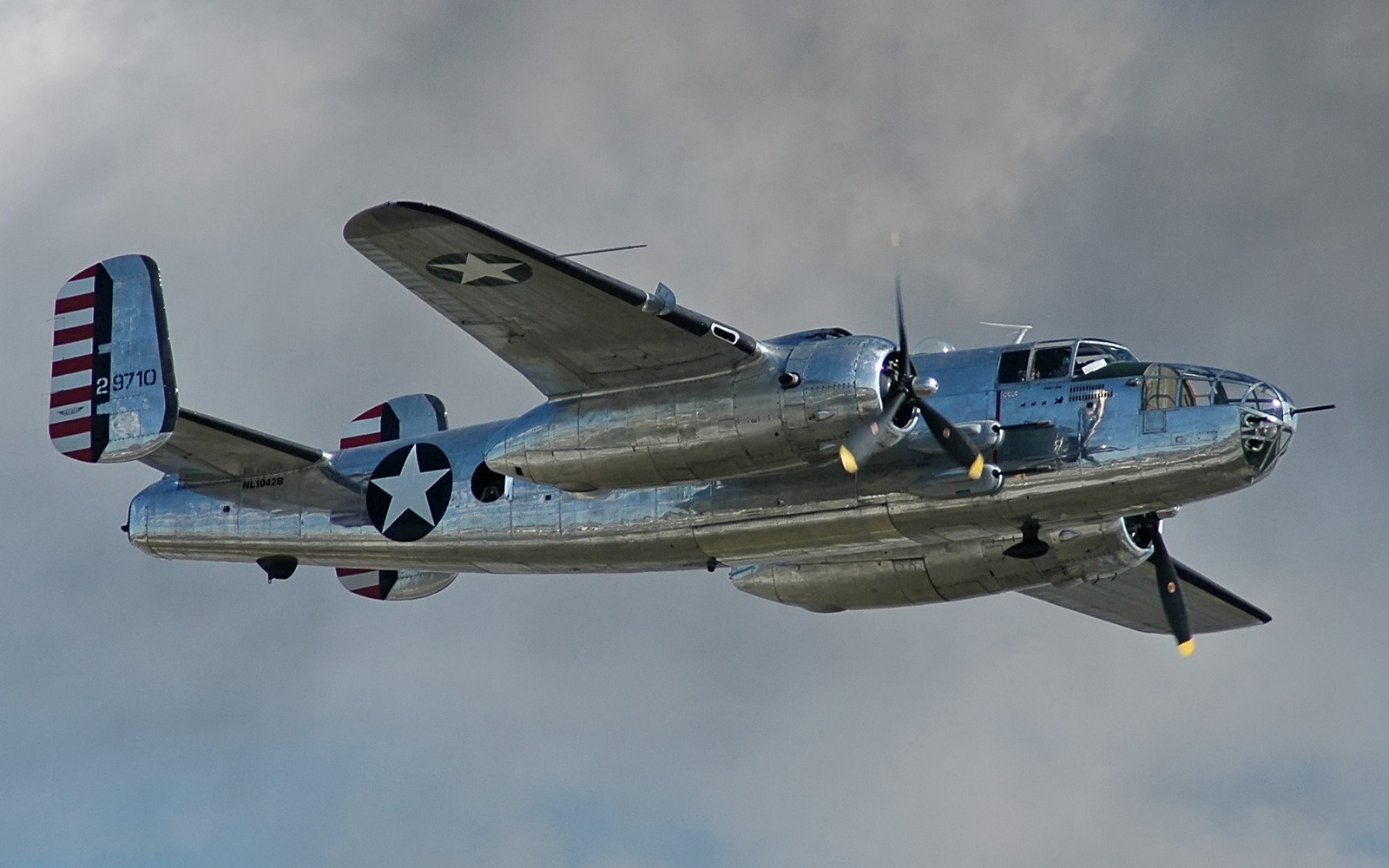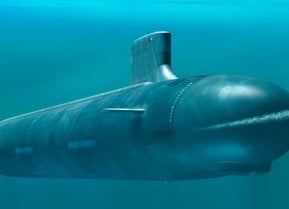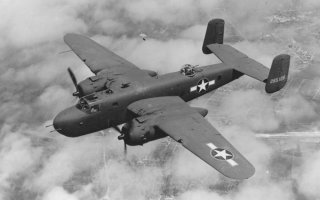B-25 Mitchell Bomber: The First of the Flying Gunships
Upon victory in the Second World War, many B-25s were stripped of their weapons and used as transport aircraft and later converted as pilot trainers for the United States Air Force.
During the Second World War, the North American B-25 Mitchell bomber struck back at Japan when the Allies were losing the war and fought in North Africa and the Mediterranean. It became the first aircraft to be armed with a 75mm cannon and essentially became the first flying gunship.
The B-25 Mitchell, named for United States Army General William "Billy" Mitchell, the outspoken champion of airpower, is best remembered for the April 1942 bombing of Tokyo during the "Doolittle Raid." However, the aircraft also proved to be a hard-hitter, a superb weapon, and just an all-around great aircraft.
Notable B-25 Mitchell Facts
Though remembered for the April attack on Tokyo, in which Lt. Colonel James Doolittle led the low bombing raid that saw the U.S. Army bombers launch from the U.S. Navy aircraft carrier USS Hornet, the Mitchells had already scored a victory against the Japanese. On Christmas Eve 1941, a B-25 successfully attacked and sank a Japanese submarine.
Although the United States Army Air Force had just 183 Mitchells in its fleet when the U.S. entered the Second World War, the North American Aviation factory in Kansas City, Missouri was soon turning out an average of 165 aircraft per month during the 40 months of wartime production.
The Mitchell was far from the heavy bomber, yet in the early war years, the B-25 was actually faster in a dive than many fighters. As a result, the aircraft were used to devastating effect against Japanese shipping as their low-level attacks were accurate and deadly.
In addition, as the bombardier was not needed for low-level bombing, many Mitchells were fitted with soldier noses bristling with guns. One variant, the B-25J was armed with eight .50 caliber (12.7mm) machine guns in the nose, and with more located throughout the aircraft, it was a true gunship that was employed in a round-attack role.
With the 75mm cannon, the B-25H was also one of the most heavily armed aircraft to see service in World War II, and one B-25H even sank a Japanese destroyer with just seven shots from its 75mm (2.95-inch cannon).

After the United States Army Air Force, the Royal Air Force was the largest operator of the B-25, taking on around 910 of the nearly 10,000 that were produced during the Second World War. The Soviet Union was also provided around 870 aircraft, which were employed against the Germans on the Eastern Front. Wartime users also included Australia, China and the Netherlands East Indies Air Force; while post-war the aircraft saw use with air forces throughout Latin America including Argentina, Bolivia, Chile, Colombia, Cuba, Dominican Republic, Mexico, Uruguay and Venezuela.
Upon victory in the Second World War, many B-25s were stripped of their weapons and used as transport aircraft, and later converted as pilot trainers for the United States Air Force.
About the Author
Peter Suciu is a Michigan-based writer who has contributed to more than four dozen magazines, newspapers and websites. He regularly writes about military hardware, and is the author of several books on military headgear including A Gallery of Military Headdress, which is available on Amazon.com. Peter is also a Contributing Writer for Forbes.
All images are Creative Commons.


